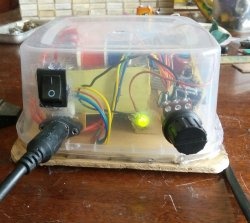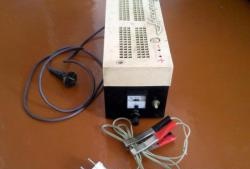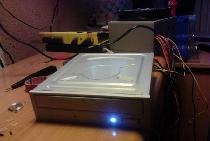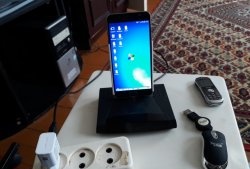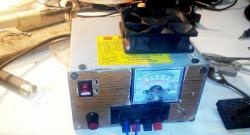Soldering station diagram:
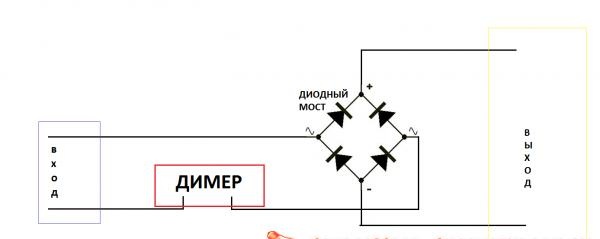
We will need:
1. Dimer. (any one will do). It is also called a dimmer.
2. Diode bridge.
3. Body. (wooden or plastic box). It is best to buy a ready-made housing from an electrician.
4. Socket.
5. Plug with wire.
Let's start with the dimer. Since the dimer body is very large, I recommend disassembling it, leaving only the circuit itself. The handle can be replaced, as in my case, you can leave the original one.
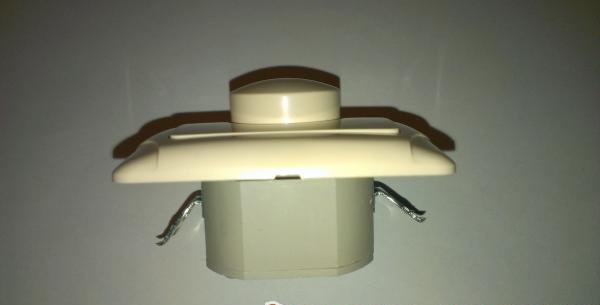
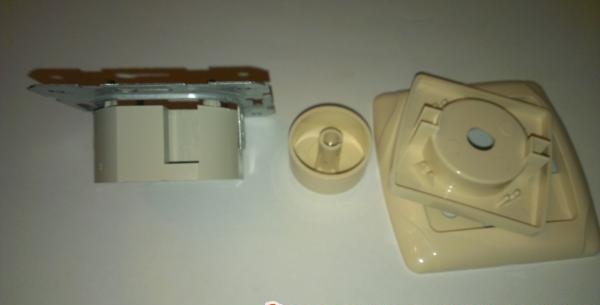
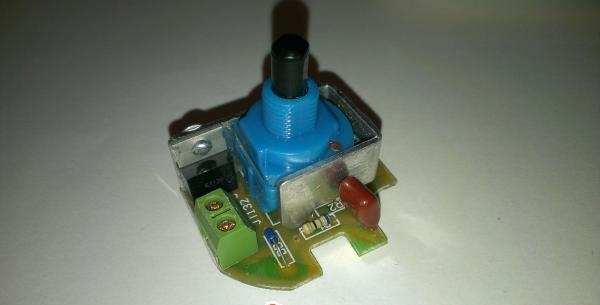

As a case, I decided to take a box from a Soviet switch.Since there was no lid, I made my own from plywood.
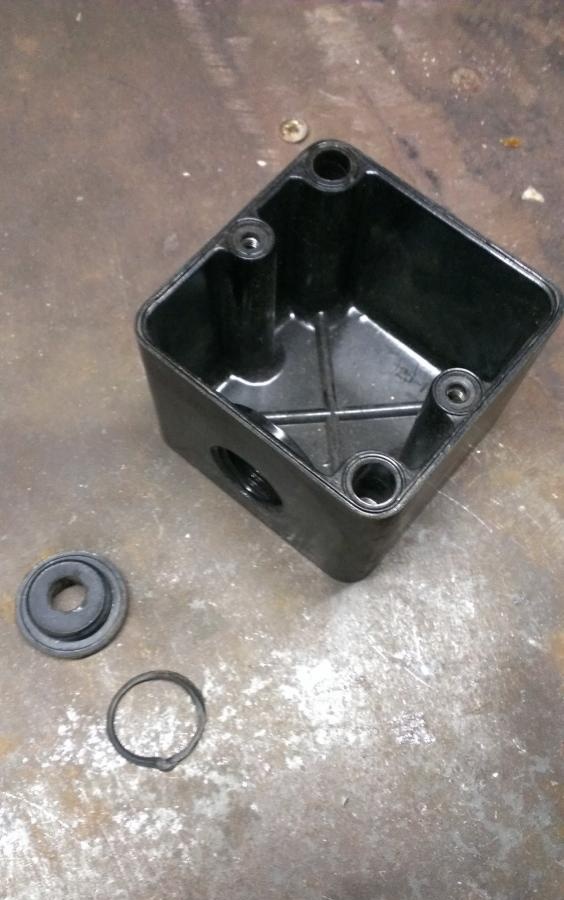
Now you need to assemble everything according to the diagram. Install the socket and plug.

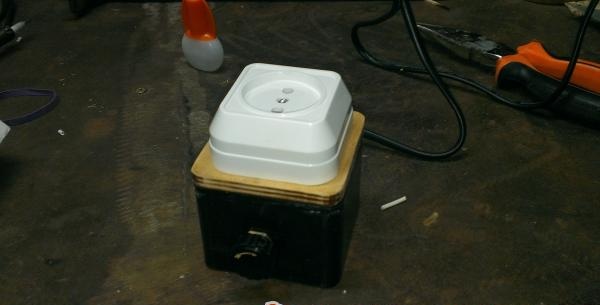
For beauty, I recommend painting the product.
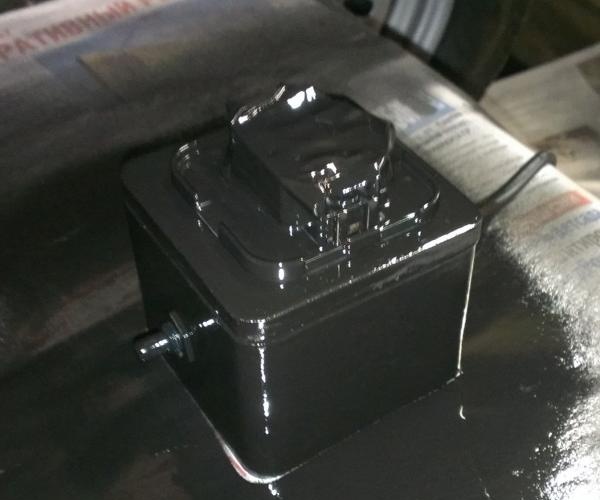

Here's the final result.

I WISH YOU SUCCESS!!!
